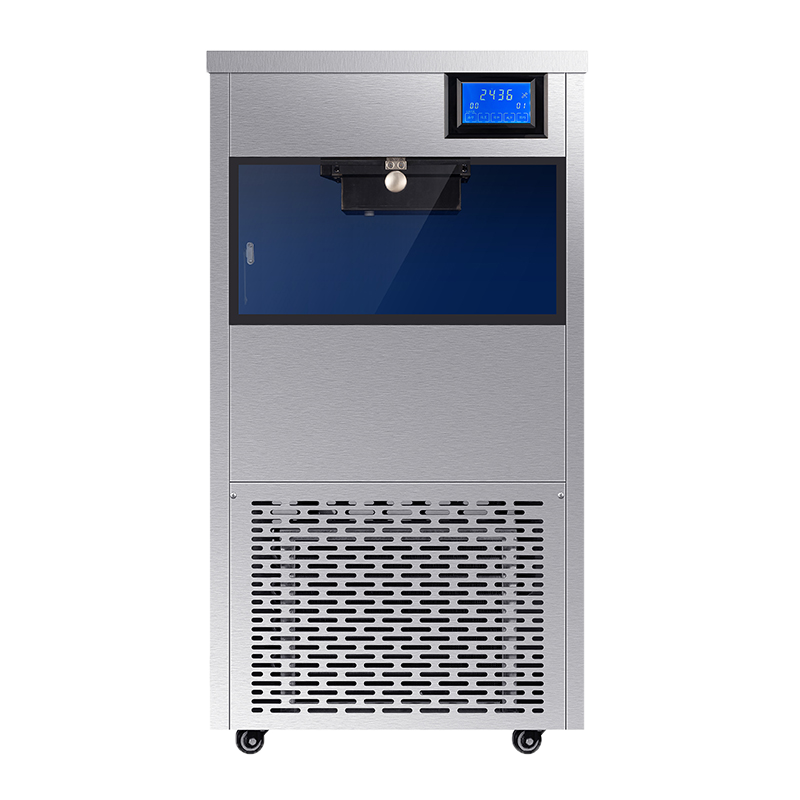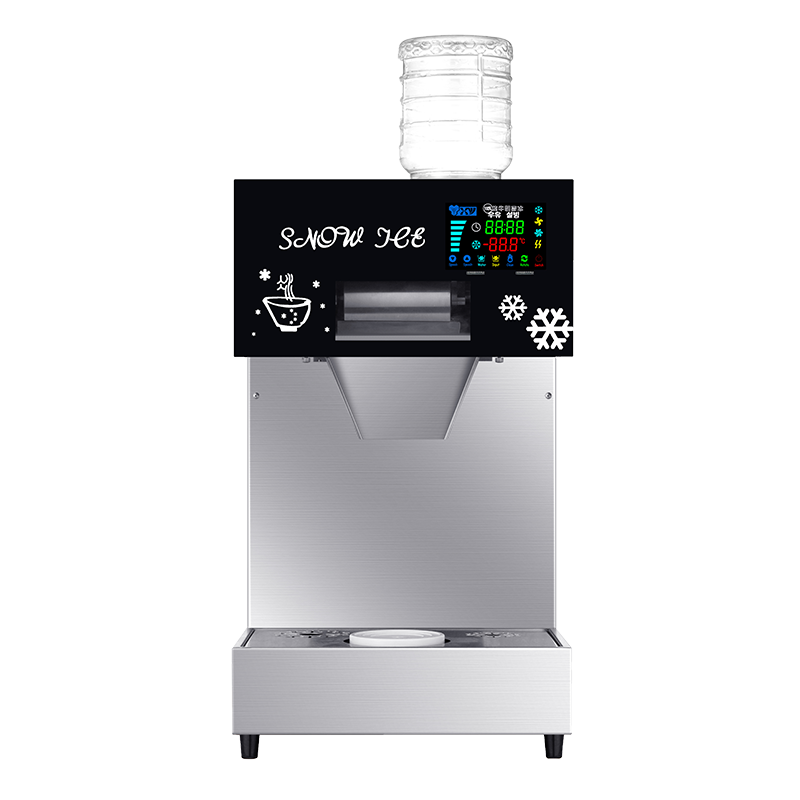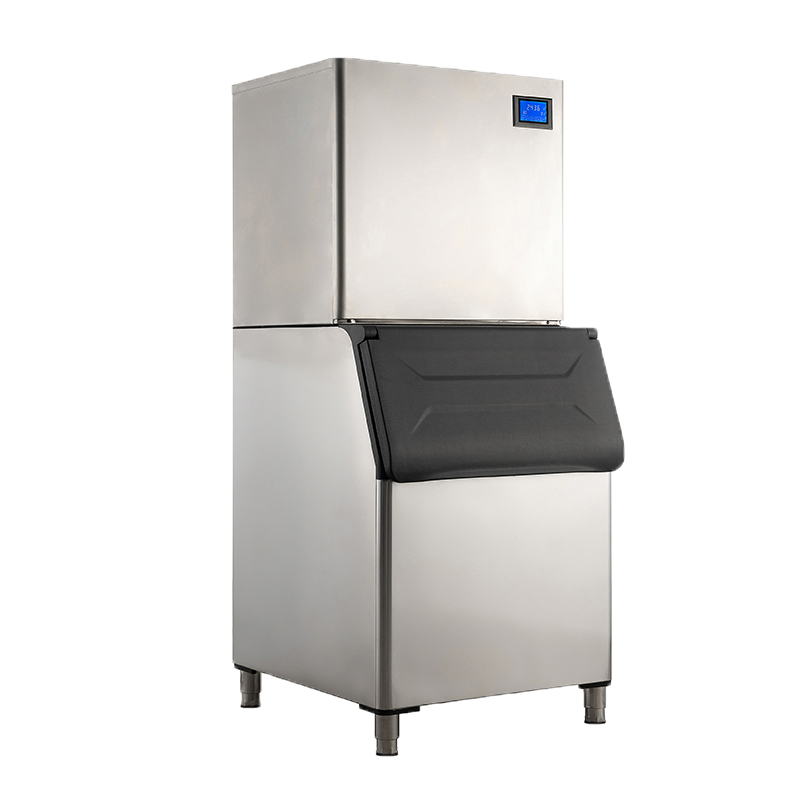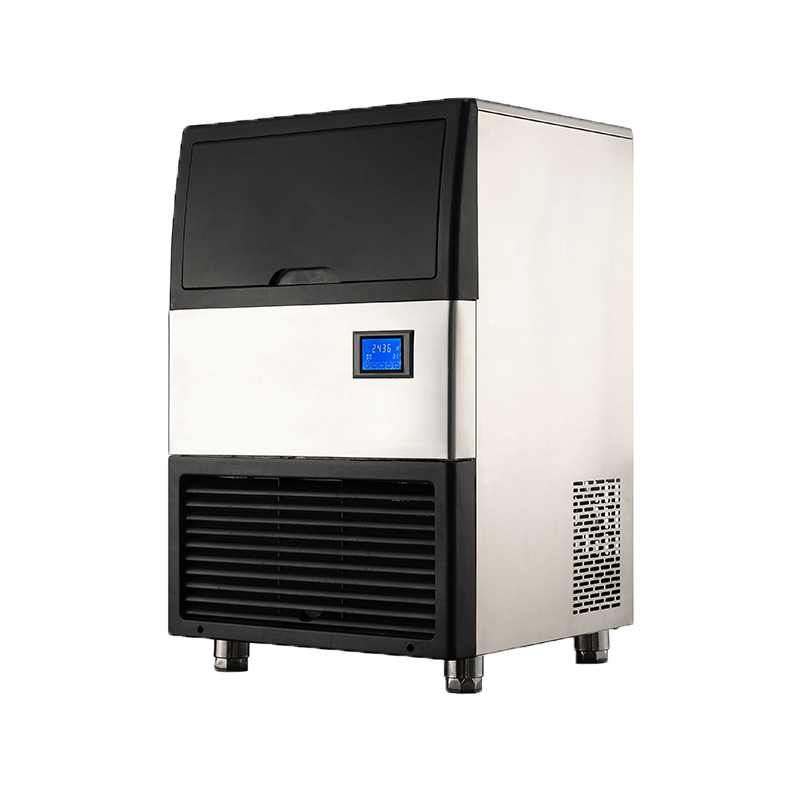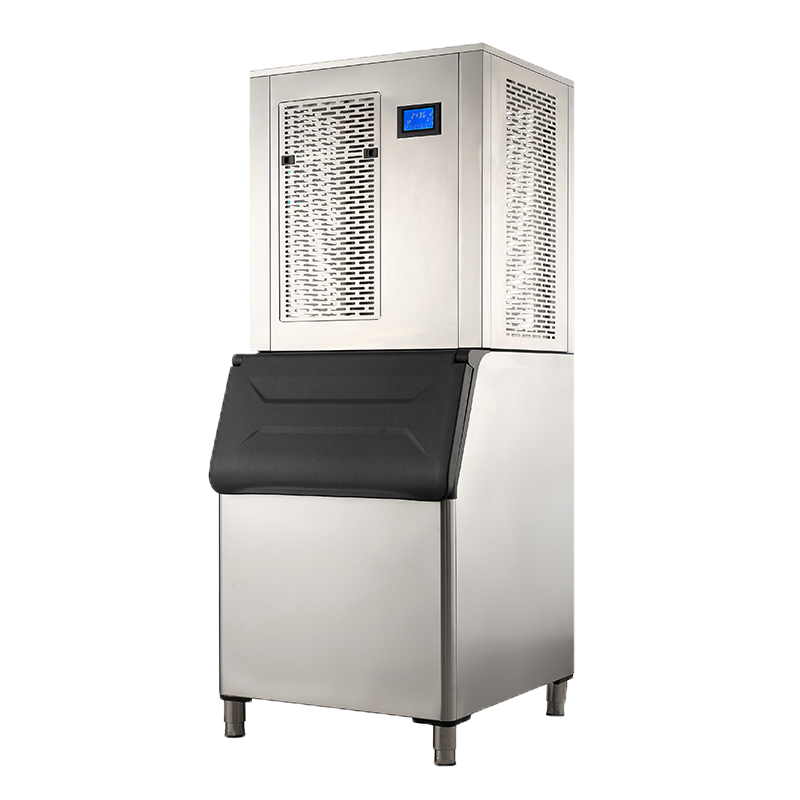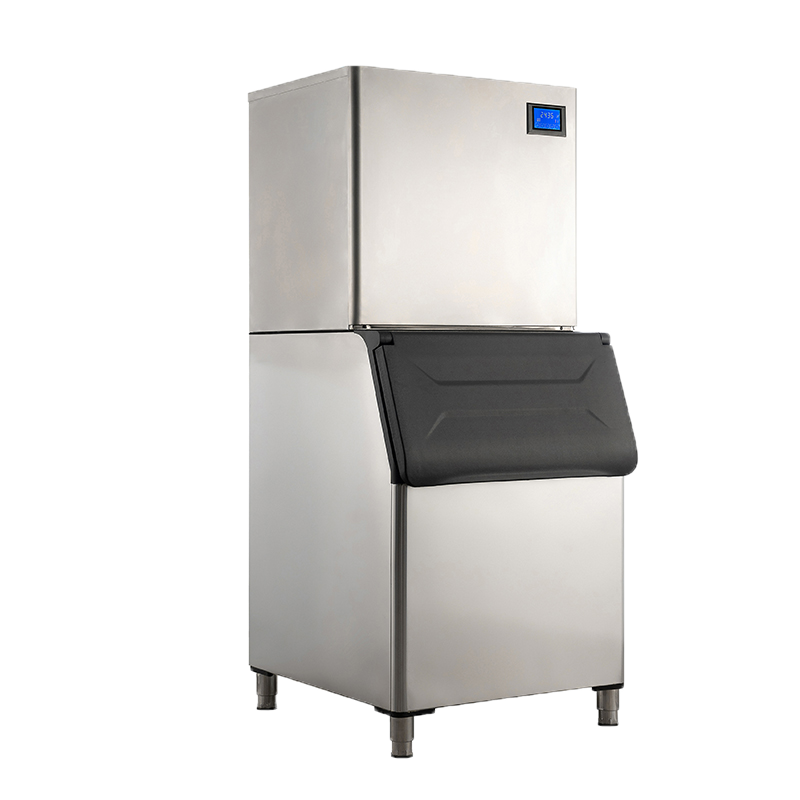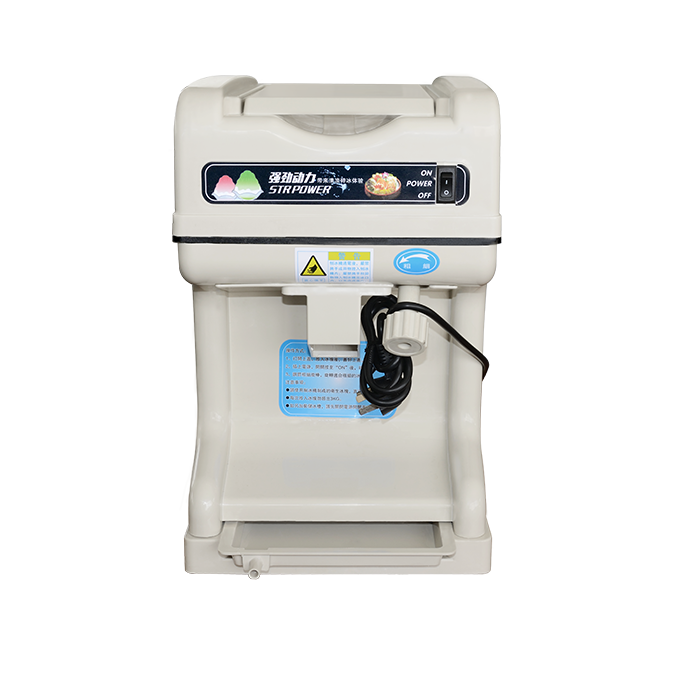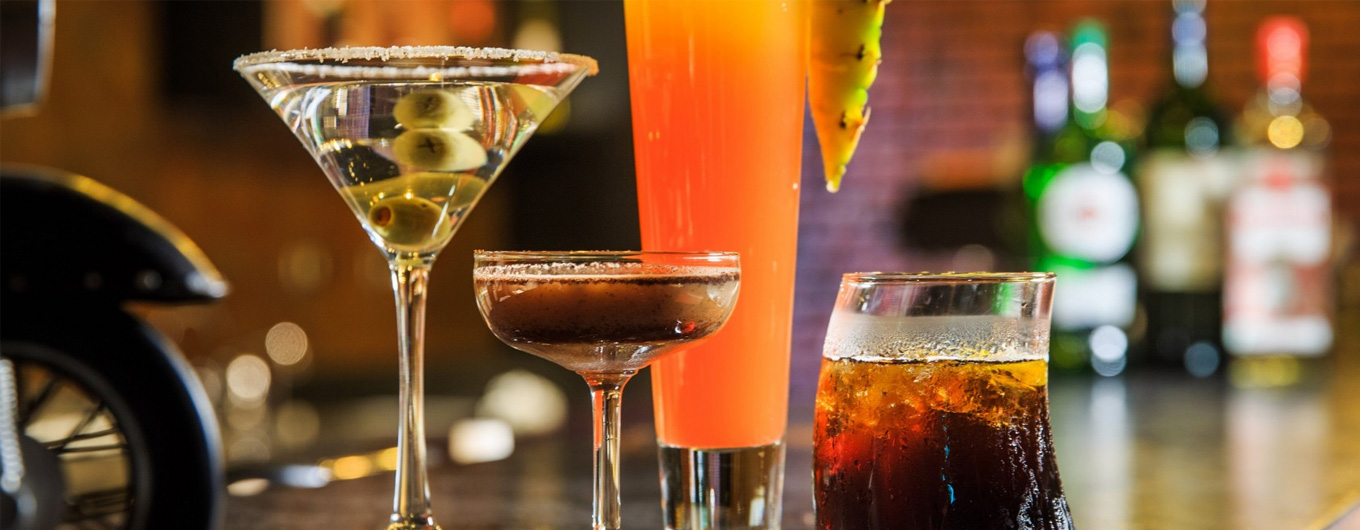A water-cooled ice machine works by using water to cool down the refrigeration system. Here's a simplified explanation of how it works:
Water Supply: The ice machine is connected to a water supply line, which provides a continuous flow of water.
Water Circulation: The water-cooled ice machine has a water circulation system that continuously circulates water. This system consists of a pump, pipes, and a cooling tower.
Compressor and Evaporator: Inside the ice machine, there is a compressor and an evaporator. The compressor compresses a refrigerant gas, raising its temperature and pressure. The high-pressure gas flows to the evaporator.
Heat Exchange: The evaporator is a heat exchanger where the refrigerant gas releases heat and cools down. As the refrigerant cools, it changes from a gas to a liquid state.
Water Cooling: The cooled refrigerant then flows through a coil or plate heat exchanger that is immersed in a constant flow of water. This water is supplied by the water circulation system mentioned earlier.
Heat Transfer: As the water passes over the coil or plate heat exchanger, heat from the refrigerant is transferred to the water, causing the water to absorb the heat and increase in temperature.
Water Discharge: The heated water is then discharged into a cooling tower, where it is cooled down again through evaporation and natural air cooling. This process helps remove the heat absorbed from the refrigerant.
Water Recirculation: The cooled water is then recirculated back to the water-cooled condenser, where it absorbs heat from the refrigerant once again, restarting the cycle.
By using water as a cooling medium, the water-cooled ice machine can efficiently remove heat from the refrigeration system. However, it's worth noting that water-cooled systems consume more water compared to air-cooled systems, which use ambient air for cooling.






